All about wild garlic
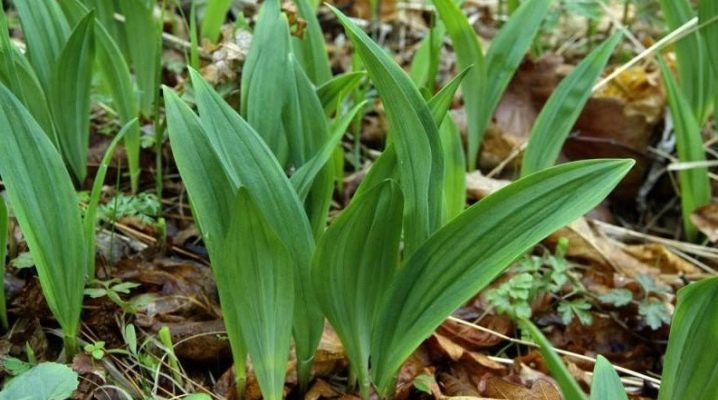
With the arrival of spring, when the snow has just melted, juicy young foliage appears along the shores of lakes and rivers, as well as in forest glades. The leaves look like lily of the valley, but the smell and taste are the most common garlic. This is a whole natural storehouse of vitamins for people and animals, and they call it wild garlic.
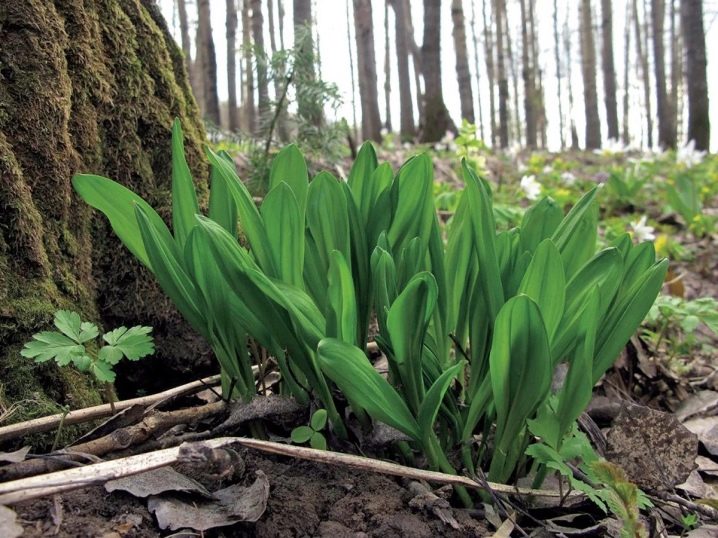
general description
Ramson is popularly called bear onion, as well as kalba (flask). It is a herbaceous perennial, belongs to the amaryllis family. It is known that this culture attracts bears exhausted during the long winter - they eagerly consume juicy leaves, restoring strength after a prolonged hibernation. By the way, it is because of this that wild garlic is increasingly called bear onion.
In its natural environment, wild garlic grows in European countries, as well as in the Caucasus and in the main part of Russia. It can be found on the shaded shores of water bodies, in the Siberian forest belt and in Transbaikalia - the distribution area extends to the tundra itself.
Quite often, wild garlic forms large glades, they are surprisingly decorative throughout the growing season, especially during the flowering period.
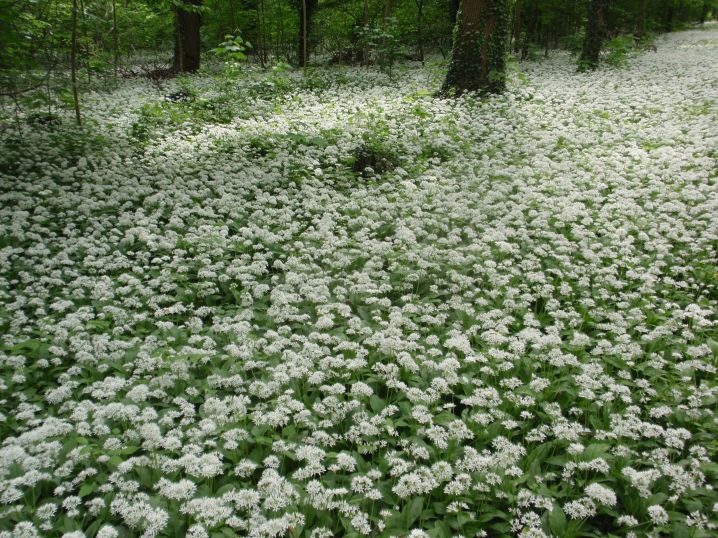
The flask develops from a small elongated bulb. The stem part is triangular, 15-30 cm long, in favorable conditions it grows up to 45-50 cm. The petioles are rather long and thin; lanceolate leaves grow on them, visually similar to lily of the valley.
In late spring, in the first half of June, the plant begins to bloom. At this moment, wild garlic releases an umbrella inflorescence with small whitish flowers in the shape of stars. Flowering ends with the formation of seeds - tiny black peas.

Calba greens taste and aroma resembles ordinary garlic. That is why it is not recommended to graze cows, goats and other livestock in areas of active growth of this culture. Otherwise, the meat and milk of animals feeding on this plant will acquire a specific taste and unpleasant odor.
In the natural environment, bear onions are found in only one variety. However, thanks to the successful work of breeders in recent years, several new garden varieties of this crop have appeared.
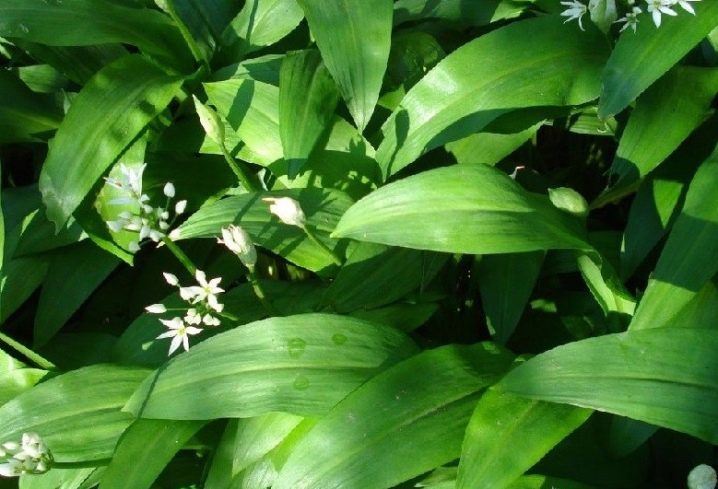
Bear delicacy - perennial with a large rosette of early ripening, has a tart taste. Differs in high productivity. Recommended for use in vegetable salads, suitable for canning.
Teddy bear - another early maturing kalba. The leaf plates are dark green, lily-of-the-valley, rather large. The surface is completely covered with a slightly pronounced waxy coating. The very first crop can be harvested already two weeks after the appearance of young leaves. The variety is resistant to external adverse influences, withstands a drop in temperature, as well as short-term waterlogging of the soil.
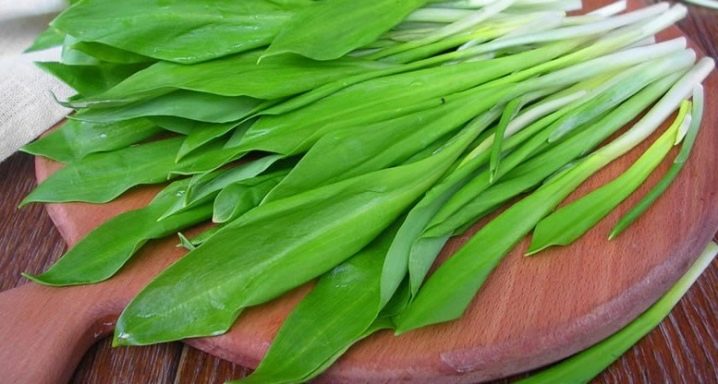
Bear ear - from the moment the sprouts appear until the first harvest, only three weeks pass. The leaves are elongated, narrow, deep green shade. The taste is weak. Differs in high productivity, from each square meter of plantings it is possible to collect up to 2-3 kg of raw materials.
On the territory of Siberia, wild garlic is often called a related culture with the name victory onion. These plants are quite similar in appearance and botanical characteristics, however the victorious onion is much larger. In terms of the concentration of useful micro- and macroelements, it is not much different from the usual kalba.
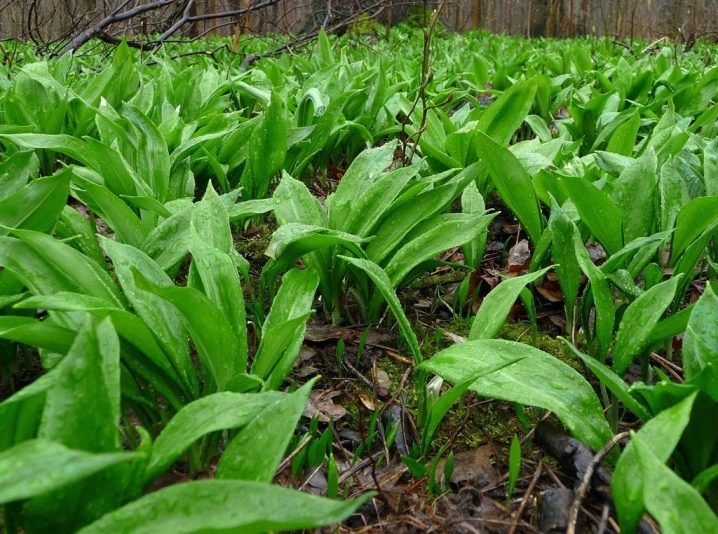
Landing
In the wild, wild garlic is found mainly in deciduous forests and in meadows under dense branchy trees. This symbiosis is extremely important: Kalba receives the sun's rays valuable for growth and development until the leaves appear on the trees. With the onset of summer, the aerial part begins to wither, and gradually the bulbs plunge into a state of hibernation. By this time, the trees in the forest are covered with foliage, and the bright light cannot disturb the resting rhizomes. It is for this reason that you will not find wild garlic among pines and firs - conifers do not give it a comfortable environment for full growth and development. Kalba is able to adapt to any weather conditions, she does not need to select a special place in the country. Plant it in a corner where crops that need good lighting and are demanding on the structure and composition of the soil cannot grow.
It is best to find a shade, in the absence of bright lighting, the leaves will grow large, and caring for the plantings will be much easier.
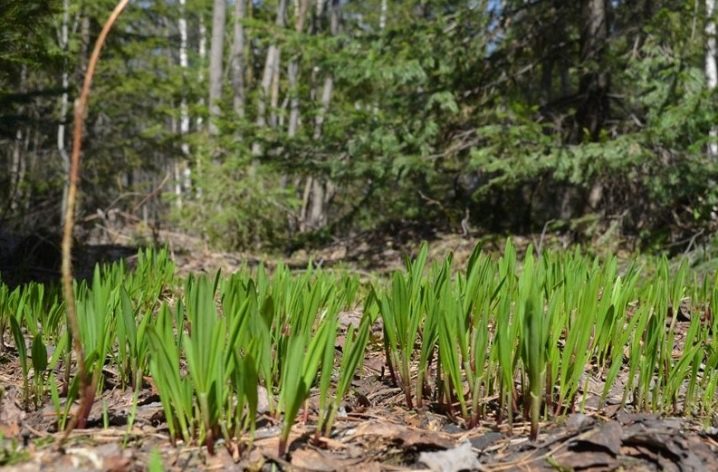
The best places for a plantation are:
-
under tall fruit trees;
-
near a fence or house;
-
between rows of large bushes.
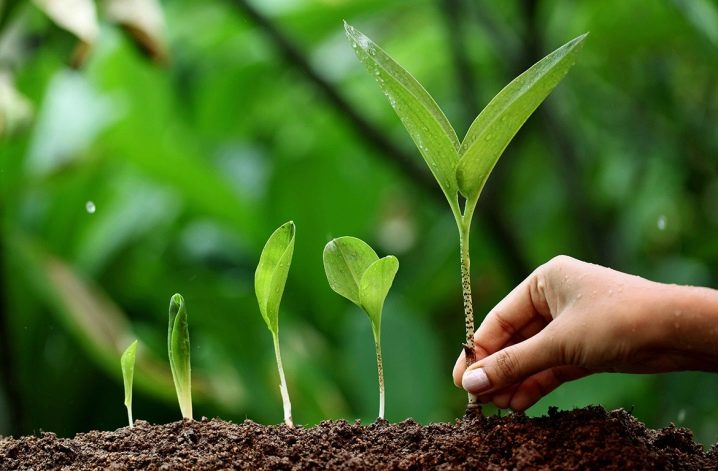
Despite the fact that the culture is not particularly picky about the substrate, it is important to create a comfortable environment for it to get good yields. Dig the area to the depth of a shovel bayonet, and then apply nutritious fertilizers - rest assured, then the plantation will delight you with spicy juicy greens for several years. When digging for each square meter, add:
-
1 bucket of manure or humus;
-
35 g of phosphate fertilizers;
-
25 g of potassium preparations;
-
15 g of ammonium nitrate.
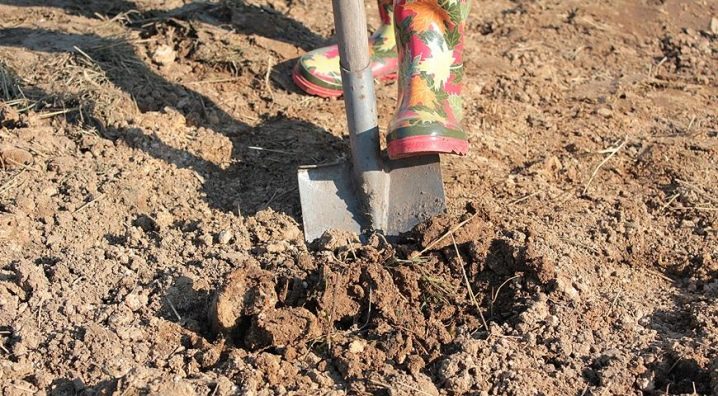
Care
The basis of agricultural technology for growing bear onions is watering during drought periods, as well as weed control. In early spring, for the active growth of green mass, a nitrogen-containing fertilizer is applied. At the flowering stage, young plants should be fed with a complex mineral fertilizer for the rapid formation of bulbs. When the leaves begin to dry out, the care of the crop can be considered complete; this crop does not require irrigation or mineral fertilizing.
In the summer, carefully inspect the landings. Each year, the bulbs rise slightly to the surface of the ground.
Be sure to mulch the area with a dense layer of compost or straw - mulching allows the crop to feel in its familiar environment.
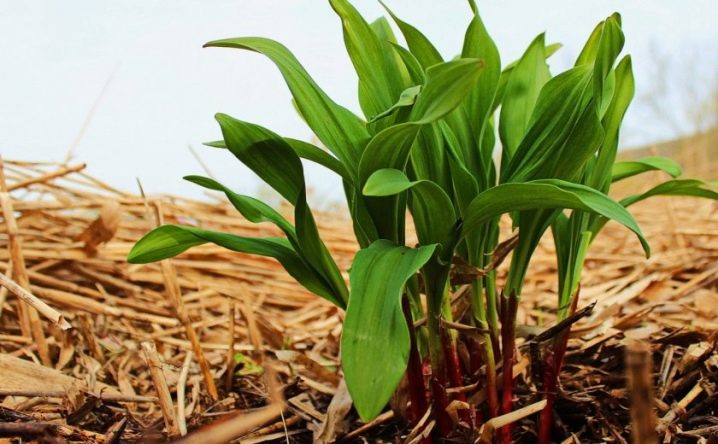
If winters in your region are cold and with little snow, then before the arrival of the first frost, the plantation is covered with grass or spruce needles. With the arrival of heat, the shelter should be removed. For the first two or three years, you should not tear the young leaves - it is important that the plant accumulates strength and can fully develop. If at this stage the wild garlic releases an arrow with flowers, it should be broken off so that the culture has more nutrients and energy for the growth of the bulbs.
Calba can also be grown at home, usually it is planted on a windowsill. Just remember - despite the fact that the height of the onions is quite small, the roots go deep into the substrate up to 15-25 cm. It is better to plant the plant in a volumetric container, in which the roots will be free. You can buy soil mixture for seedlings, or you can collect soil in a deciduous forest and add peat to it in a ratio of 2 to 1. Do not take soil under coniferous varieties: wild garlic develops exclusively under deciduous crops.
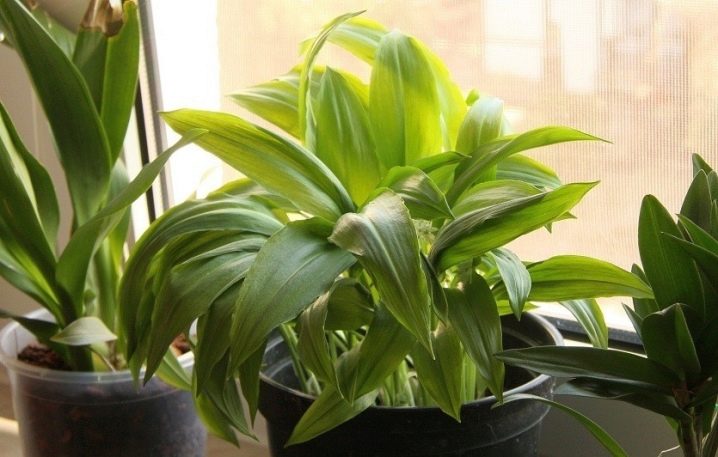
Planting seeds is done in the same way as on the street. After planting, moisten the soil abundantly and cover the container with plastic wrap. In a warm place, sprouts will appear after about a month. When the seedlings hatch from the ground, the box is moved to a shaded place.
When planting bulbs, they must be deepened into the substrate by 4-5 cm and thoroughly moistened. The agrotechnology of indoor planting is almost no different from cultivation in the open field. Irrigate the substrate to maintain moisture and loosen the resulting crust thoroughly.On hot summer days, the containers must be taken out into the open air.
Experienced vegetable growers have noticed that when grown indoors, wild garlic greens grow even more juicy and spicy than the crop obtained from the garden.

Reproduction
Kalba reproduces both vegetatively and by seed method.
Seeds
First, the acquired seeds must be stratified. To do this, they are buried in moistened sand and sent to a refrigerator or other cool place. There they are kept for about three months, only after that can the seeds be planted in open areas.
During digging, nutritious fertilizers are applied to the ground per square meter:
-
mono-organic top dressing - 10 kg of compost or humus;
-
combined top dressing - a bucket of manure or humus, 20 g of ammonium nitrate, 15-25 g of potassium salt and 35-45 g of superphosphate.
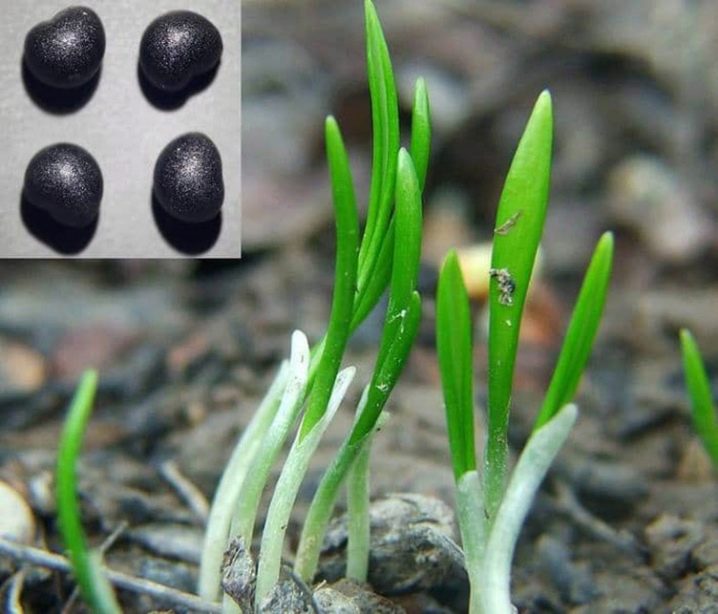
Further, furrows (rows) are formed on the prepared bed, prepared seedlings of wild garlic are planted there. In this case, the distance between the individual grooves should be maintained at about 20-25 cm with a step between individual rows of 10-15 cm. With this planting scheme, you can get about 70-75 bushes per 1 sq. m. The seeds are evenly distributed, sprinkled with earth and rolled.
Subsequent care of the grown plants will consist in the regular loosening of the earth, this must be done as carefully as possible. In addition, organic fertilizing will be required.

Seedlings
This is a complicated method that also requires stratification of seedlings to ensure their maximum germination. The whole process takes a month, during which the moistened seeds are kept in a cold place. This time is enough for them to bite - this allows calibration and rejection of non-viable planting material.
It is advisable to plant prepared wild garlic seedlings in peat pots filled with drained soil mixture. Until the moment of planting on an open bed, young plants should be kept in a well-lit room at a temperature of + 18 ... 20 degrees. Moisten them periodically.
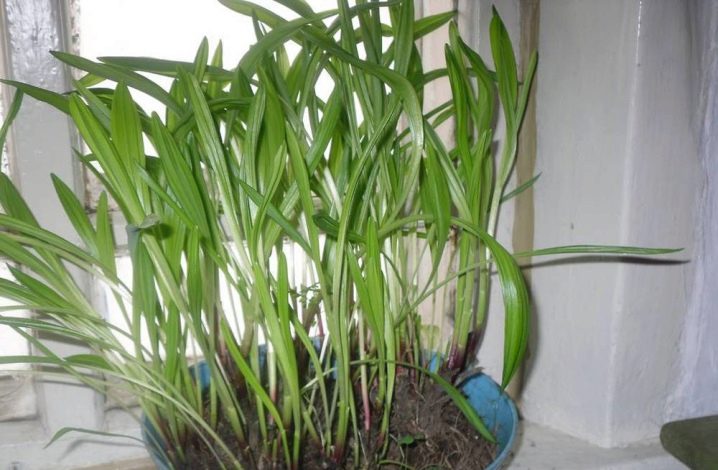
With the onset of spring heat, when the earth warms up sufficiently, it is time to plant seedlings. The plot is prepared by analogy with the seed planting method. In the future, when cultivating wild garlic, they resort to loosening the earth, moderate irrigation and mandatory mulching of the substrate.
When growing kalba, special attention is paid to the formation of nests. The most productive nest is considered to be one in which there are about 5-7 bulbs. All excess bulbs must be removed.
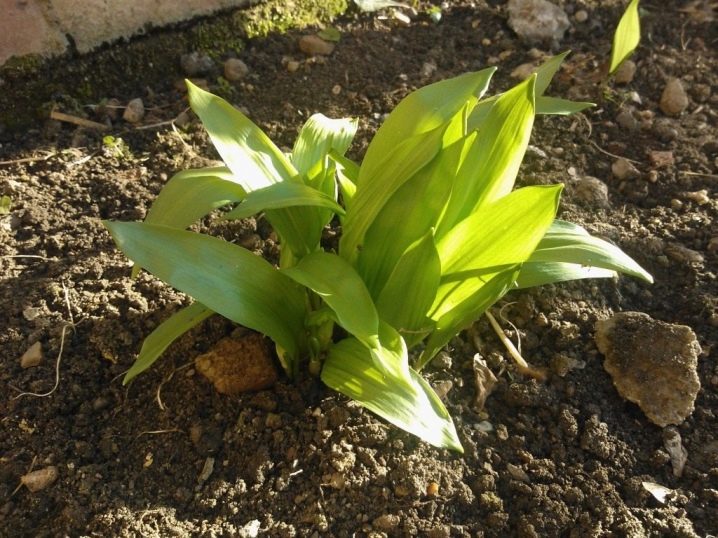
Collection and storage
Harvesting wild garlic leaves should be carried out in early spring, before the arrival of the heat. At this moment, kalba greens are distinguished by the greatest nutritional value and the most piquant aftertaste. A little later, when the air warms up to 18 degrees, the leaves become rough and inedible. The seeds are harvested after changing the shade of the capsules to dark.
Freshly cut greens are best kept in the refrigerator. For longer storage, it is frozen. In this form, they retain their gustatory value for up to one and a half years. However, it should be borne in mind that due to the high concentration of phytoncides, this plant can irritate the mucous membranes of the digestive system. Therefore, greens should be eaten with great care, especially for people with gastrointestinal pathologies.
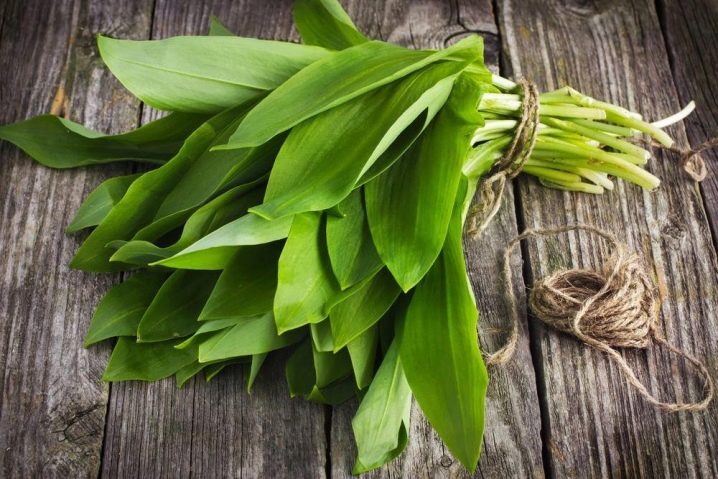
Ramson is the very first edible herb with an excellent, piquant taste, and its phytoncidal characteristics surpass even garlic. Leaves and stalks of kalba are added to salads, first and second courses, as well as to fillings for meat pies. Besides, finely chopped or crushed leaves and bulbs of the plant keep the meat fresh well, preventing spoilage.
In a number of regions, namely: in the Leningrad, Bryansk, Kursk, Pskov, Lipetsk, Moscow, Ryazan, Smolensk regions, throughout the Stavropol Territory of our country, as well as in Belarus and Ukraine - wild garlic is a protected crop and is included in the Red book. For unauthorized collection of the fruits of this culture in the natural environment, a fine is imposed.
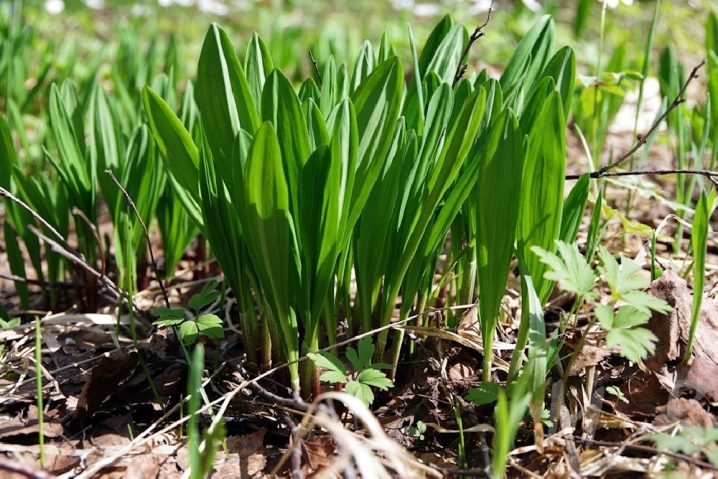













The comment was sent successfully.